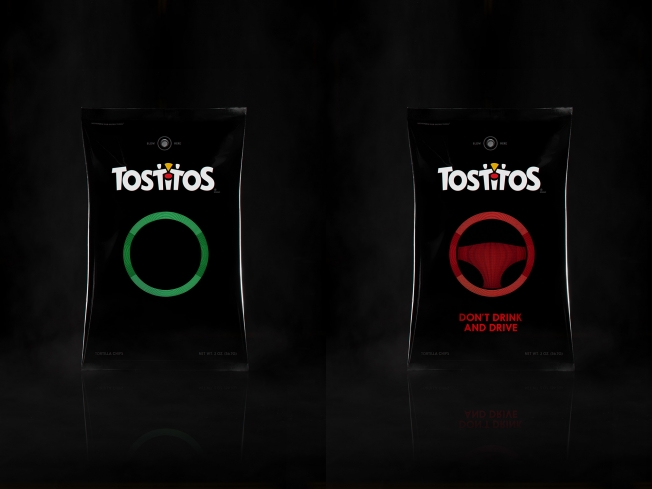Adverse Costs Insurance "Is Not a Proper or Necessary Disbursement "
Reasons for judgement were released last week by the BC Supreme Court, New Westminster Registry, finding that the cost of an insurance policy protecting a plaintiff from adverse costs/disbursements consequences should the prosecution of an injury claim not proceed favorably is not a recoverable disbursement.
In the recent case (Wynia v. Soviskov) the Plaintiff hoped to recover the costs of the insurance policy from the Defendant in the underlying tort action. In finding the expense was not a recoverable disbursement District Registrar Nielsen provided the following reasons:
[4] The plaintiff has raised the novel issue of whether the cost of an insurance policy obtained by the plaintiff to insure against own disbursements, and opponents’ costs and disbursements, in a lost or abandoned court case, is a recoverable disbursement pursuant to SCCR 14-1 (5).
[5] The defendants object to this particular disbursement and rely upon an Ontario case, Markovic v. Richards et al, 2015 ONSC 6983, in support of their position. In Markovic v. Richards, supra, the issue was stated succinctly as “Is the plaintiff’s premium for after-the-event insurance, a compensable disbursement”. The court concluded at paragraph 7 that it was not, stating:
While it is clearly the plaintiff’s prerogative to obtain ATE insurance [which is after-the-event insurance], I do not accept that such premium should be reimbursed by the defendants as a compensable disbursement. Such disbursements have not, as far as I am aware, ever been entertained in Canada and have certainly not been the subject of legislative reform as was the case in the UK. I can think of no policy reason that such should be compensated as a taxable disbursement. Existence of the policy may well provide comfort to the plaintiff, it is however an expense that is entirely discretionary, does nothing to advance the litigation, and may in fact even act as a disincentive to thoughtful, well-reasoned resolution of claims.
[6] In British Columbia, to be recoverable as a disbursement SCCR 14-1(5) provides that the disbursement must have been necessarily or properly incurred in the conduct of the proceeding. The phrase “necessarily or properly incurred in the conduct of the proceeding” was recently addressed by the Court of Appeal in MacKenzie v. Rogalasky, 2014 BCCA 446. The Court of Appeal states at paragraphs 78 through 80:
[78] In my opinion, the various iterations of the rule set out above permitting recovery of expenses focuses most naturally on the exigencies inherent in the particular litigation rather than capturing expenses arising from the financial circumstances or other choices of a party. Embedded in the rule is the requirement for a causal connection between the issues in the case and the expense incurred to prove or disprove them.
[79] The rule, in its current form, permits the recovery of “disbursements … incurred in the conduct of the proceeding”. In my view, quite apart from the language “incurred in the conduct of the proceeding” the term “disbursement”, when used in the context of a costs rule that relates to the taxation of costs in particular litigation, does contain limits that narrow its potential broad applicability. It appears to me that the purpose of permitting the recovery of disbursements in the context of a costs regime is to permit the recovery of those expenses that arise inherently and directly from the issues in the case which relate, as the appellants suggest, to the direction, management, or control of litigation and which pay for materials and services used to prove a claim or defence. These expenses arise directly from the nature and conduct of the allegations in a proceeding. By contrast, interest expenses do not arise from the nature of the allegations or the conduct of proceedings, they arise from unrelated causes including the financial circumstances of a party. In my view, as such, they do not fall within the meaning of the word “disbursements” in the context of a costs rule.
[80] It will be apparent that the conclusion I have reached does not depend on limiting the applicability of the word “disbursements” by reference to the phrase “incurred in the conduct of the proceeding”. I consider that the meaning of the words “disbursement” or “expense” has always excluded out-of-pocket interest expenses. The addition of the phrase “incurred in the conduct of the proceeding” in the rule in 1990 did not narrow or change the meaning of the word “disbursement” or otherwise limit its application. Rather, the phrase reinforces and confirms what has always been the case. To be recoverable a disbursement must arise directly from the exigencies of the proceeding and relate directly to the management and proof of allegations, facts and issues in litigation, not from other sources. In my view, that is what is captured by the phrase “the conduct of the proceeding”.
[7] In my view, applying the reasons of the BCCA in MacKenzie v. Rogalasky, supra, the cost of insurance coverage is not a proper or necessary disbursement incurred in the conduct of the proceeding. No doubt it provides a measure of financial comfort to the plaintiff, however, it does not arise from the exigencies of the proceeding and relate directly to the direction, management, or control of the litigation used to prove a claim against the defendants. Accordingly, the cost of the insurance coverage is disallowed.

